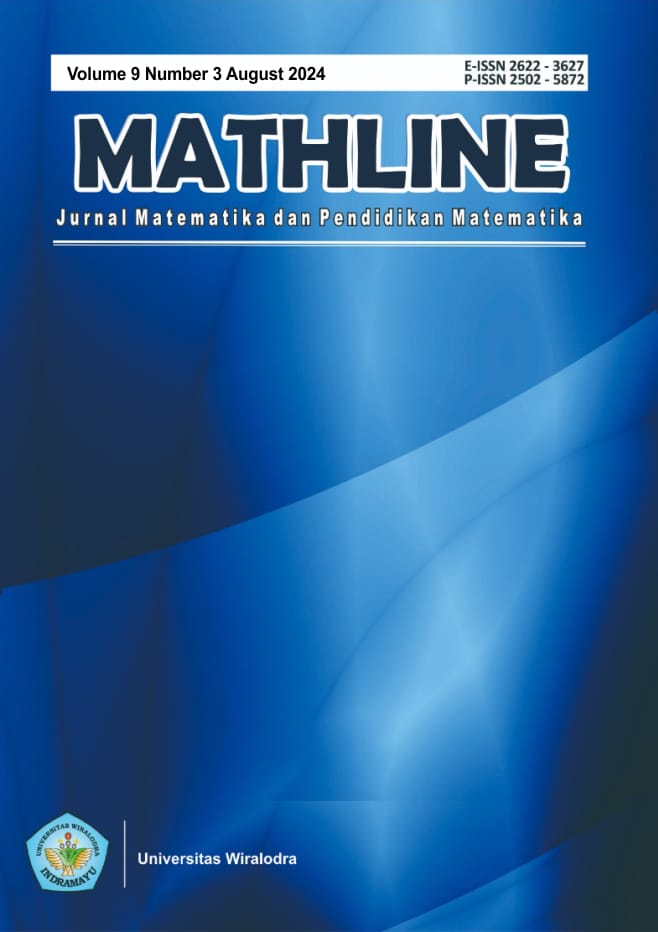Developed By
Information
papan
dua
empat
Welcome visitors, We are Mathline: Jurnal Matematika dan Pendidikan Matematika glad to have you with us. As for your information, we now have several new regulations and rules to provide high-quality publication. Since 2023 we will accept only proper English manuscript with a fair review. We are currently working on several indexings which will make your manuscript well registered and well cited. We also have done significant change to the template to make it look better and proportional.














